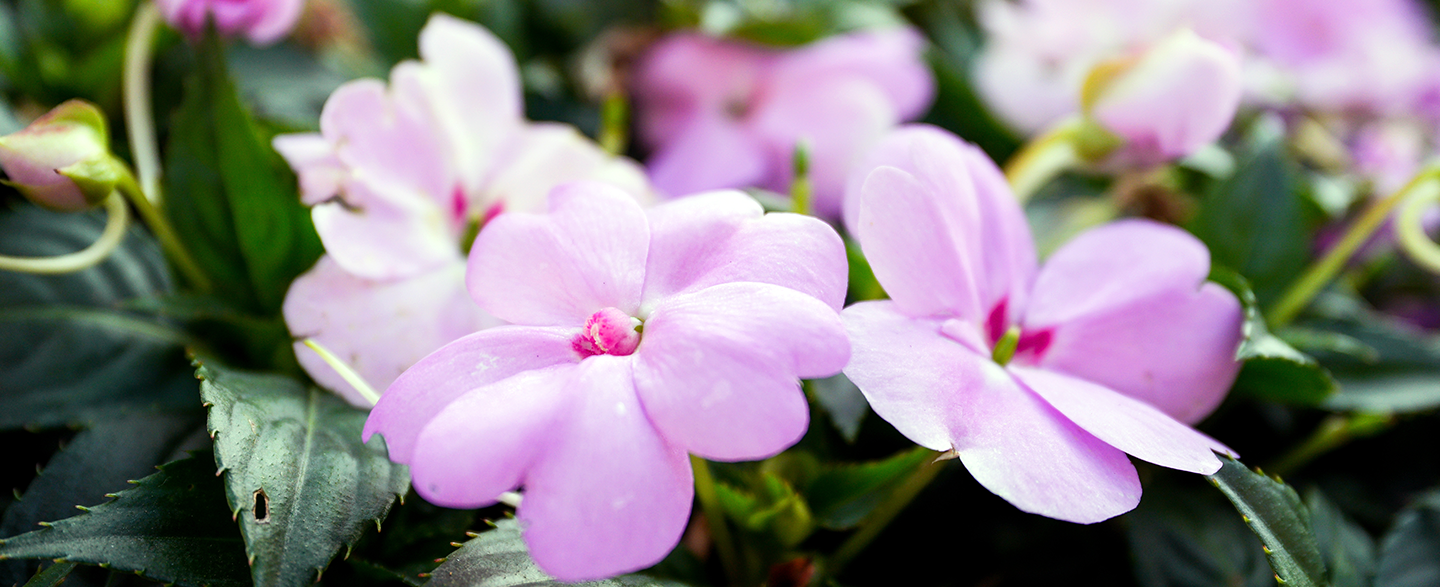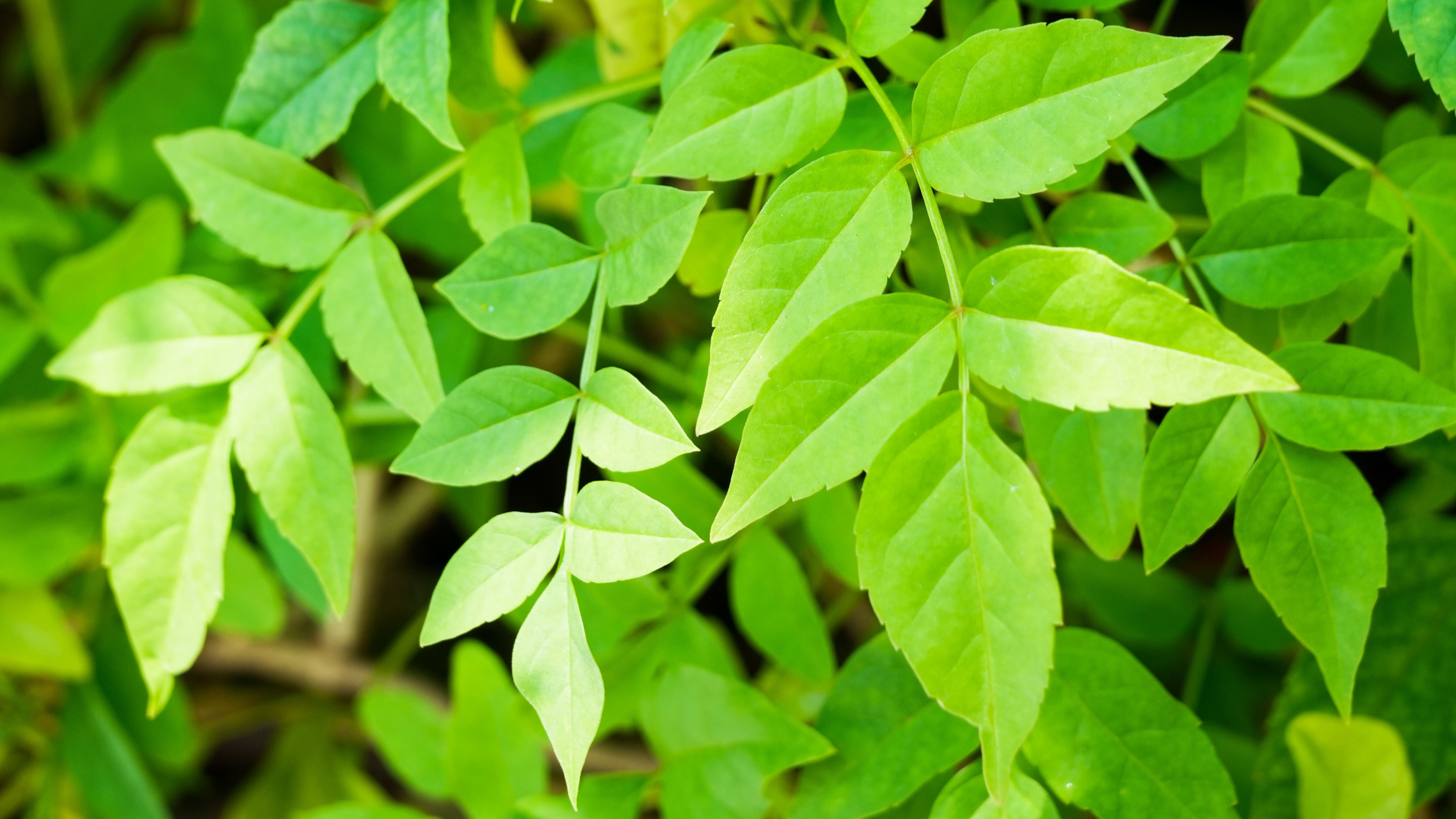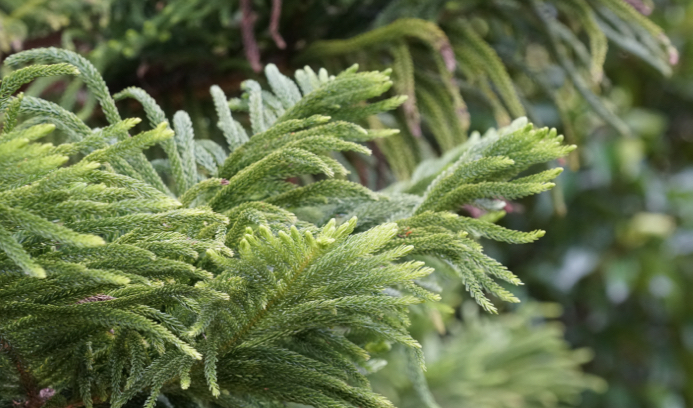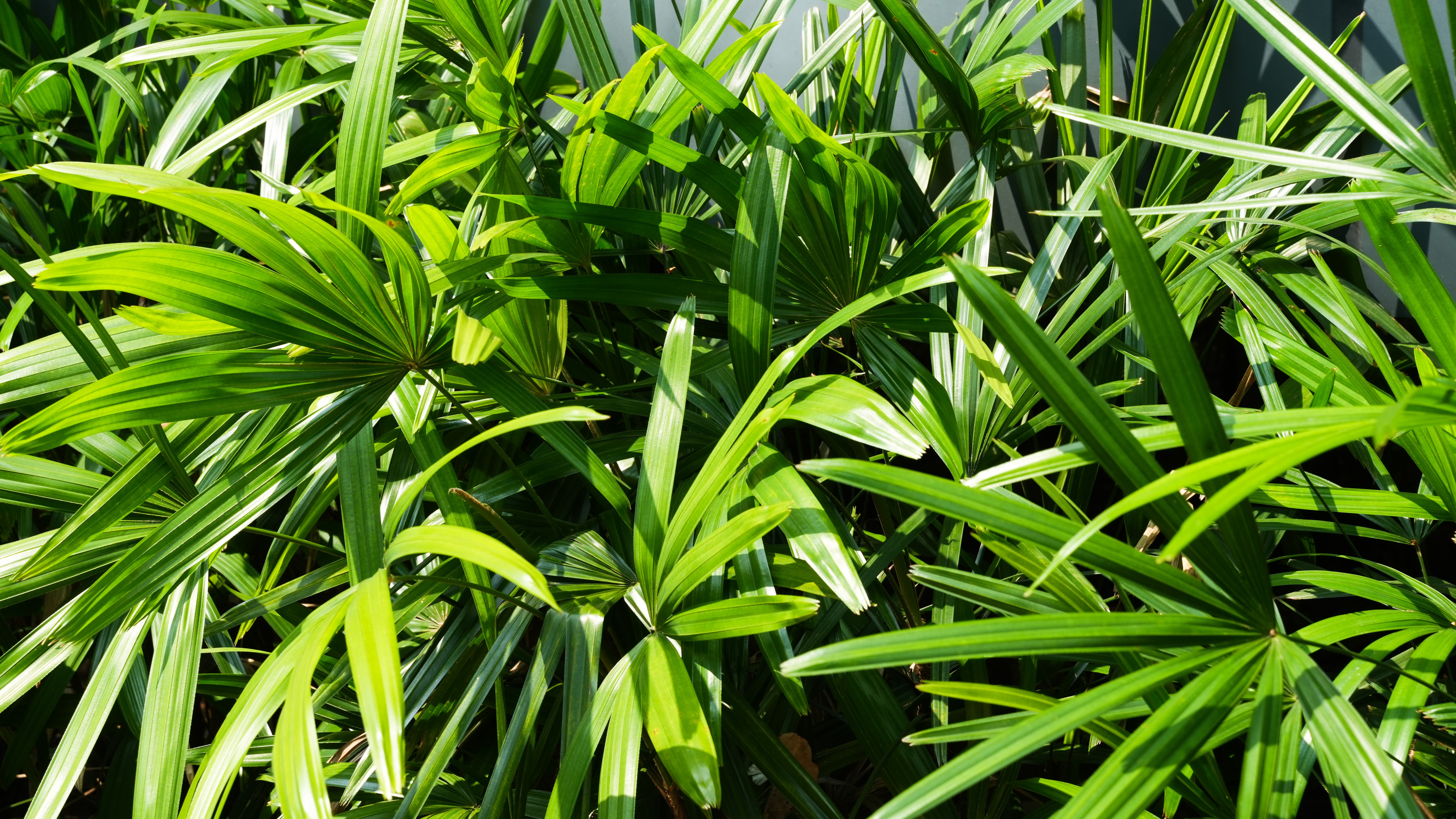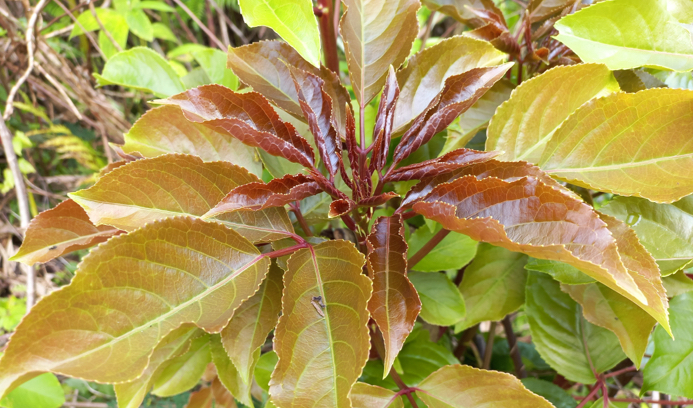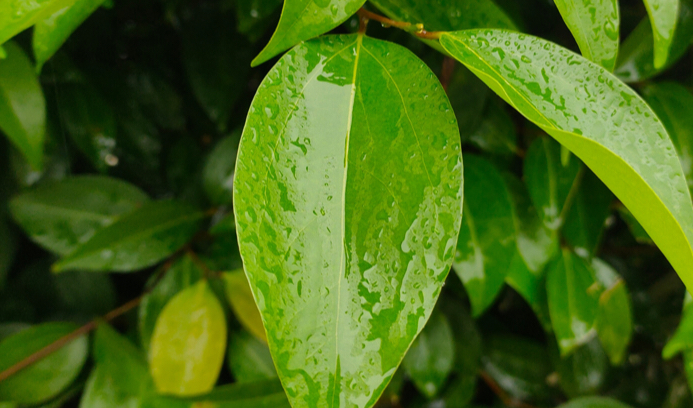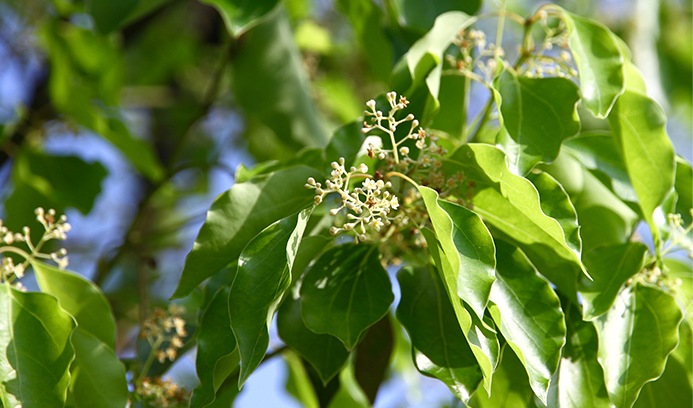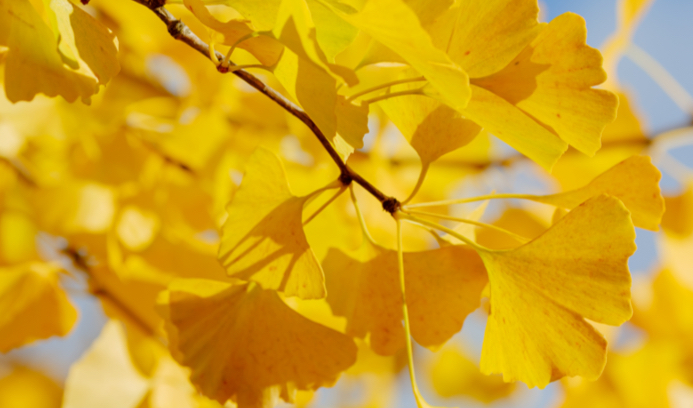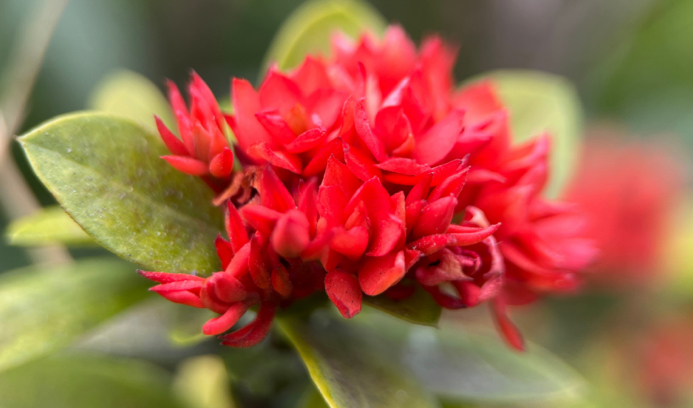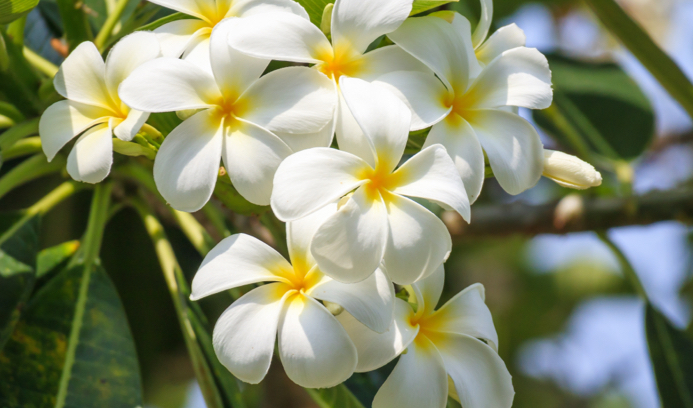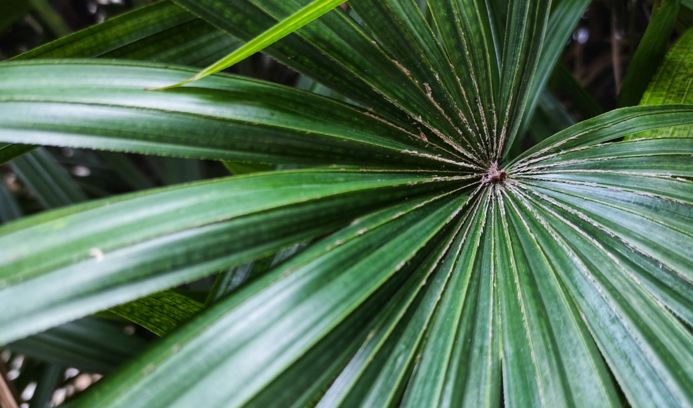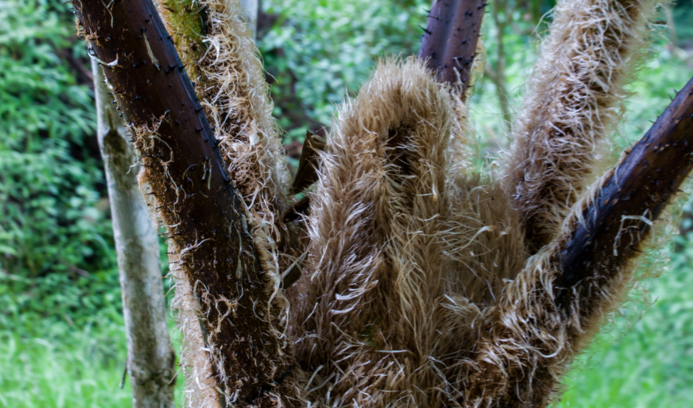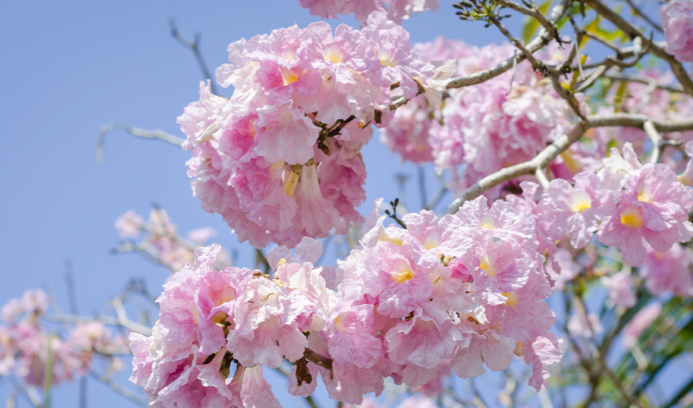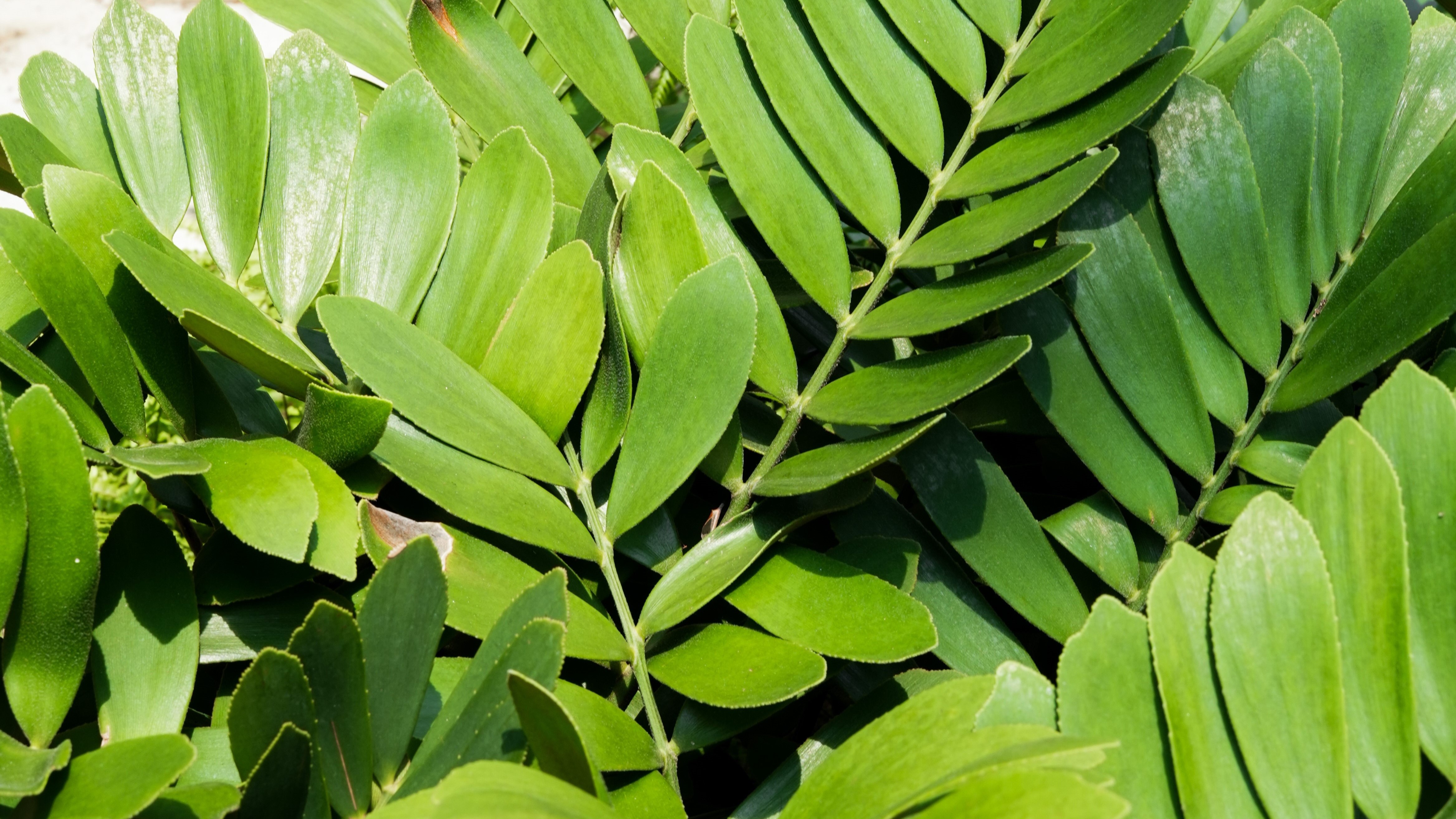

Plants
Nina Park serves as an edutaining destination that celebrates paleontology from earth while connecting the Tsuen Wan waterfront promenade and the urban area. More than 20 types of plants have been planted within the park. Our objective is to achieve a harmonious balance between native plants and tree species surrounding Tsuen Wan Park. We aim to blend in ancient species and evergreen trees suitable for tropical weather, creating an enjoyable environment for the visitors to appreciate in Nina Park and the Tsuen Wan eco neighborhood, as if they were surrounded by a forest during their visit to the Park.
HIGHLIGHTED PLANTS AT THE PARK
ALL PLANTS AT NINA PARK
View More

